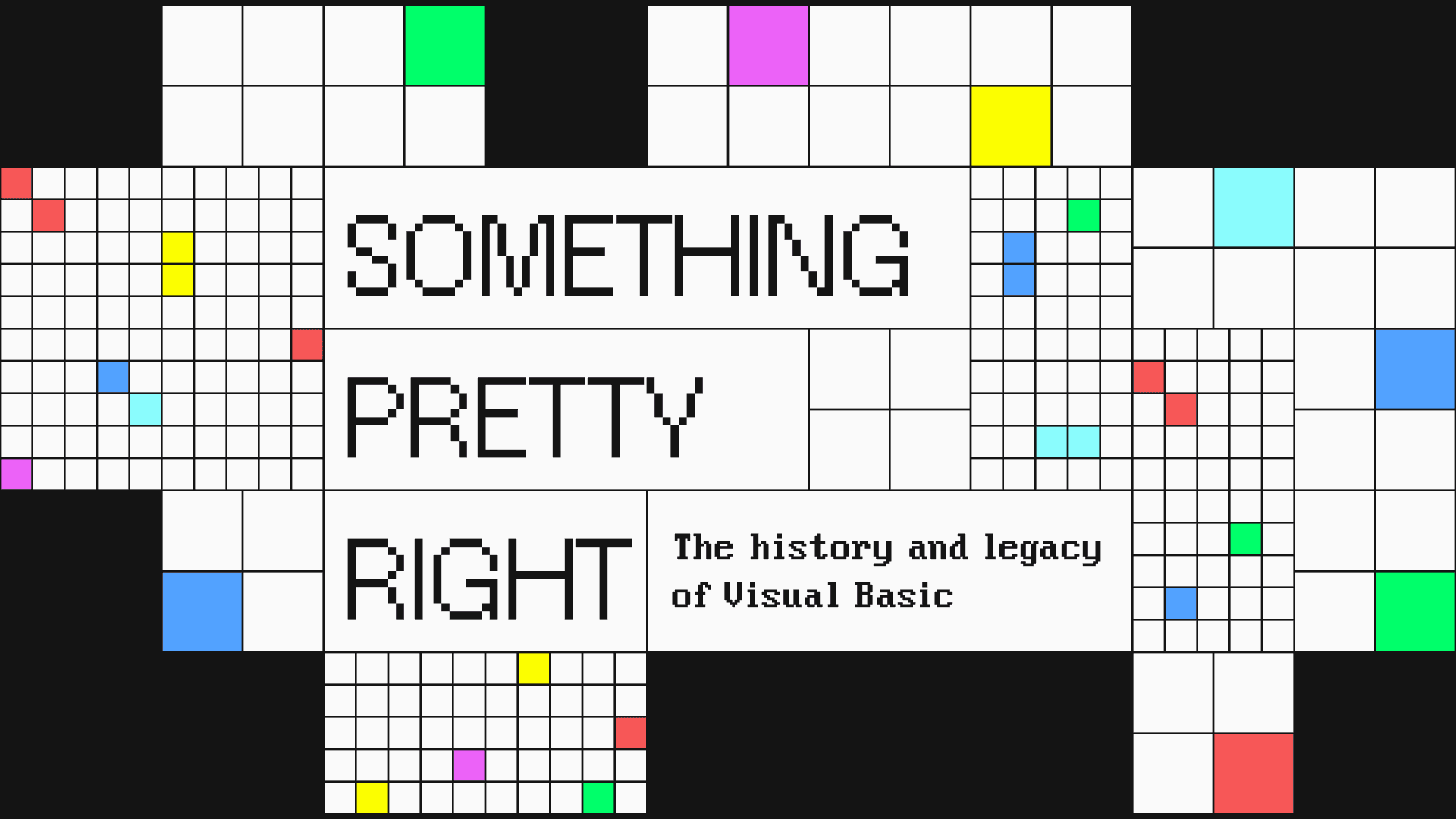In the spring of 1988, Alan Cooper sat in front of a computer in a large boardroom at the Microsoft headquarters in Redmond, Washington, patiently waiting for Bill Gates to arrive.
At the time, Cooper’s main business was writing desktop application software to sell to publishers. “I was one of the first companies to realize that you could retail software without needing to sell a computer,” he recalls. But for the past month, Cooper had been frantically coding in preparation for this Microsoft demo, adding last-minute features to Tripod, a shell construction set for the Windows operating system that he'd been working on as a side project.
In late 1985 or early 1986, a friend had brought Cooper to Microsoft’s annual technical conference in Silicon Valley. On stage was Steve Ballmer, presenting the first version of Windows. Cooper was impressed, not by the graphical multitasking system—something he'd already written himself—but by Microsoft’s dynamic-link libraries, or DLLs. In Windows, much of the operating system’s functionality was provided by DLLs, a new concept of shared libraries with code and data that could be used by more than one program at the same time.
“Might as well have had a neon sign saying, ‘Market Opportunity.’ And it just really intrigued me. So I started saying, ‘Okay, I'm going to build a shell.’”
“There were some things that I couldn't do because I didn’t have access to the deep guts of the operating system. And there were things that I wanted, which were interprocess communication, dynamic relocation, and [...] dynamic loading of modules that could run and go out without shutting down the operating system. So I went home and I put my little graphic frontend and multitasking dispatcher in the sock drawer and started building software in Windows,” Cooper explains.
In Cooper's eyes, though, Windows had one major drawback. The shell—the graphical face of the operating system where you started programs and looked for files—was rudimentary, lacking overlapping windows and visual polish. Compared to Apple’s Macintosh GUI released almost two years earlier, it was clearly an aspect of the project into which Microsoft just hadn't put much effort. “It was a program called MSDOS.exe and it was very clear that somebody had written it in a weekend,” Cooper observes. “[Microsoft] might as well have had a neon sign saying, ‘Market Opportunity.’ And it just really intrigued me. So I started saying, ‘Okay, I'm going to build a shell.’”
Want to know what happens next? Read, watch, and explore the rest of the story here.
Reader



